Shopfronts and business premises
The condition of shopfronts and premises in many town centres across the country is a cause for concern for communities. Poorly maintained buildings can be a drag on a town centre which is trying to attract more visitors. Perhaps that’s why so many town centres have initiated grant schemes to improve shopfronts.
The examples below each come from a different starting point, but they all have common objectives: to celebrate town centres as places of heritage, and to support local businesses.
If you’re interested in the history and future of shopfronts and how they contribute to the character of your town centre, check out this fascinating video from Historic Environment Scotland...
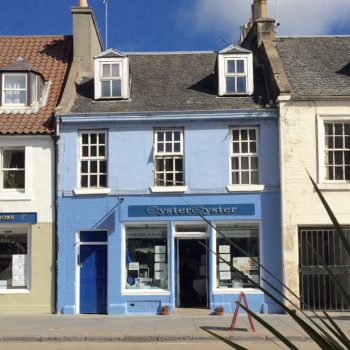
Boost your image: Carluke
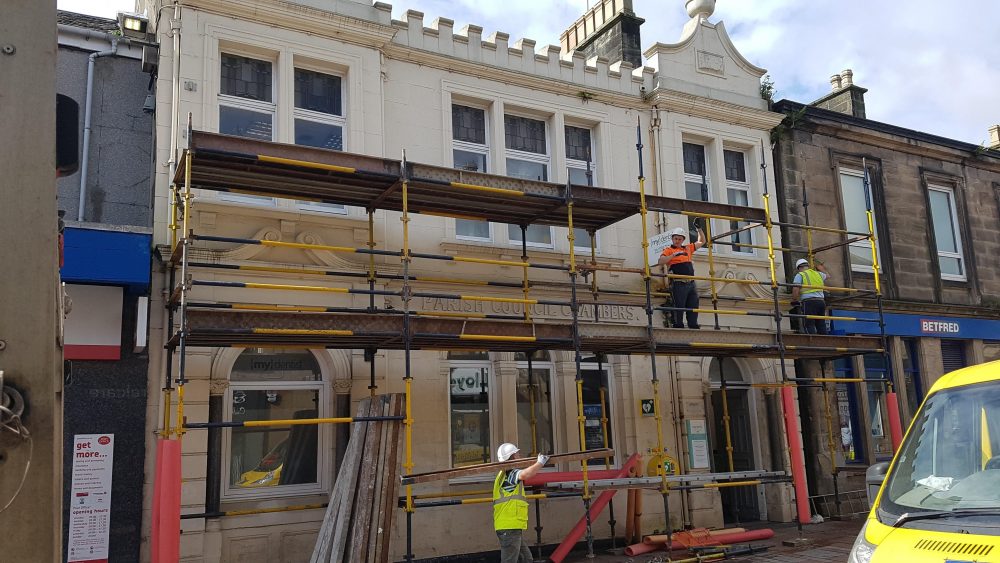
One of the big concerns for businesses in Carluke, like many places, was that the town centre felt rundown and unsafe. Although crime wasn’t bad, low level vandalism like broken windows and minor graffiti brought the place down, and the police struggled to get evidence to address the problem.
The Carluke BID (2014 - 2019) decided to tackle this by focussing on what they called the “hygiene” of the town centre: improving the appearance of buildings and tackling vandalism. The BID saw these as factors which don’t in themselves motivate more footfall, but their absence de-motivates. So, fixing “hygiene” issues was seen as a necessary first step before events and marketing initiatives could succeed in generating more footfall.
There were two elements to the “hygiene” strategy that the BID undertook between 2014 and 2019: property improvements and CCTV.
The first phase of property improvement work was a Property Improvement Grant Scheme for business premises. The objectives were to:
- improve the physical appearance of the main streets.
- change perceptions of the BID area as rundown and full of vacancies.
- provide practical, tangible support to individual BID levy payers.
- encourage further investment.
The scheme offered grants of up to £1,000 on a 50/50 match-funding basis. Around 50 projects were supported over the five year term of the BID term, allocating over £40,000 of grants and generating a total investment of over £100,000.
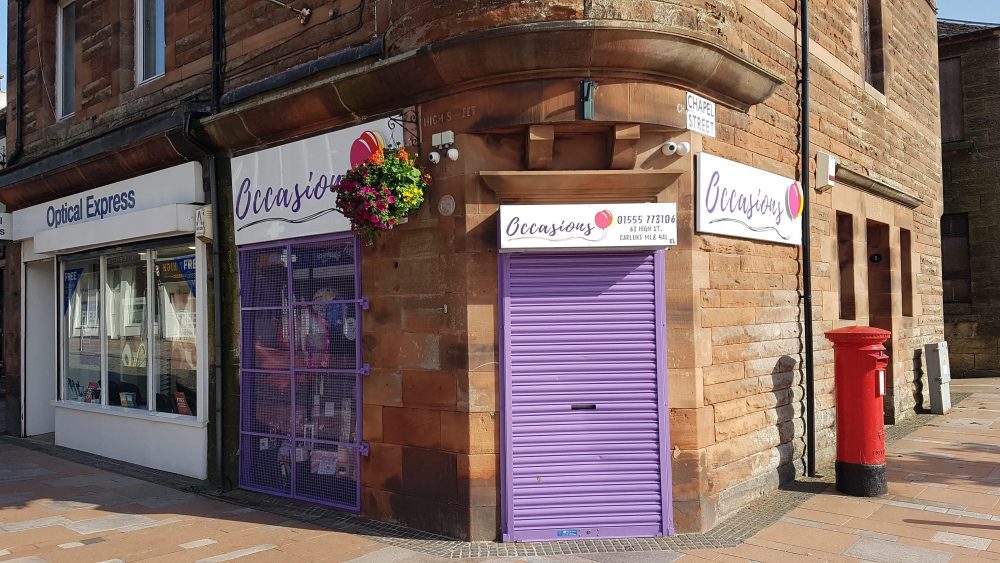
The most popular investment was signage, although a variety of other works were supported including internal works that were part of a wider project. Paperwork was deliberately kept simple: a straightforward application form and formal quotes for the work, then BID board approval, with the grant payable on production of invoices and photos or site visit to confirm completion.
The second phase of property improvement work involved upgrading unsightly shutters (a common feature in the BID area at any time of day). The BID identified the worst shutters and engaged contractors to prep and paint them. An excellent durable treatment called Plasticol was used, with costs comparable to painting even though it involved installing new shutter blinds.
The final phase involved cleaning up vacant shops by removing flyposting and installing window graphics. This project was at the end of the BID term but was effective. The clean ups were easy enough although installing graphics took some time to organise – agreeing designs and securing access both caused delays.
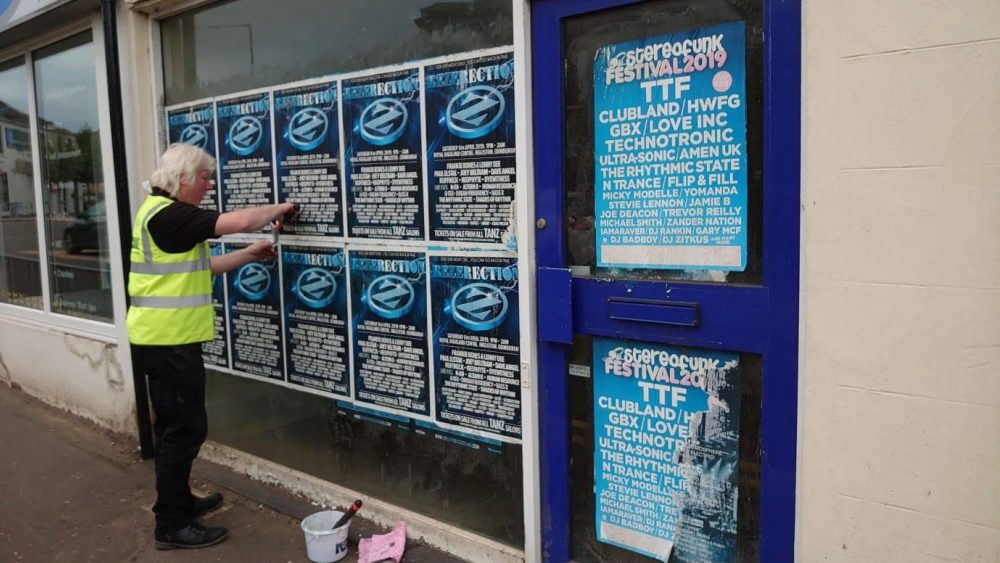
All told, the BID delivered between 60 and 70 projects in the compact town centre. Some involved both grants and BID funded works. The BID manager thought it was by far their most successful project: highly visible, long lasting, engaged BID levy payers, encouraged investment, and improved perceptions of the BID area.
The other element to the “hygiene” strategy was CCTV, which focussed on tackling low level vandalism. Again led by the BID, their main barriers were the ongoing costs of managing an integrated system and compliance with Information Commissioner/Data Protection requirements. To resolve these problems and reduce costs, the scheme worked by installing a series of standalone 3-4 camera systems (typically costing around £1,000), with recording equipment for each system inside a business premises. Footage was recorded and stored (no need for expensive monitoring), and if there were any incidents the police could access footage for investigations and prosecutions. As new standalone systems extended the scheme to cover all main streets and junctions in the BID area (some 60 cameras), the police were notified. The system proved very popular with police and businesses alike, and continues to be effective.
It was decided not to install public signage drawing attention to the CCTV, to avoid the public feeling unsafe. There is little evidence that this is a deterrent to offenders; word gets around without the need for emotive signage. ‘CCTV Installed’ window signs were offered to businesses where systems had been installed. The system still works and is used regularly.
Restore historic buildings: Rothesay
To tackle decades of underinvestment in historic properties in the town centre, the first phase of Rothesay Townscape Heritage Initiative took place between 2011 and 2016, bringing in £4.2m for building repairs, learning, skills development and community engagement. Around £3m was invested by the Heritage Lottery Fund and property owners; the balance came from Argyll and Bute Council, Historic Environment Scotland and EU LEADER funding.
Ten shopfronts were restored as part of the initiative, together with other property repairs, gap site redevelopment and many other pioneering activities to raise awareness and skills in building conservation.
The average intervention rate across the shopfront restorations was 91%, with a cumulative value of works of almost £250,000. When asked for feedback, shop owners said the works had created a “professional image” and a “pleasant and welcoming appearance”, and the new shopfront “looked fresh”. A couple of owners mentioned that they believed that the enhanced shopfront had resulted in increased turnover.
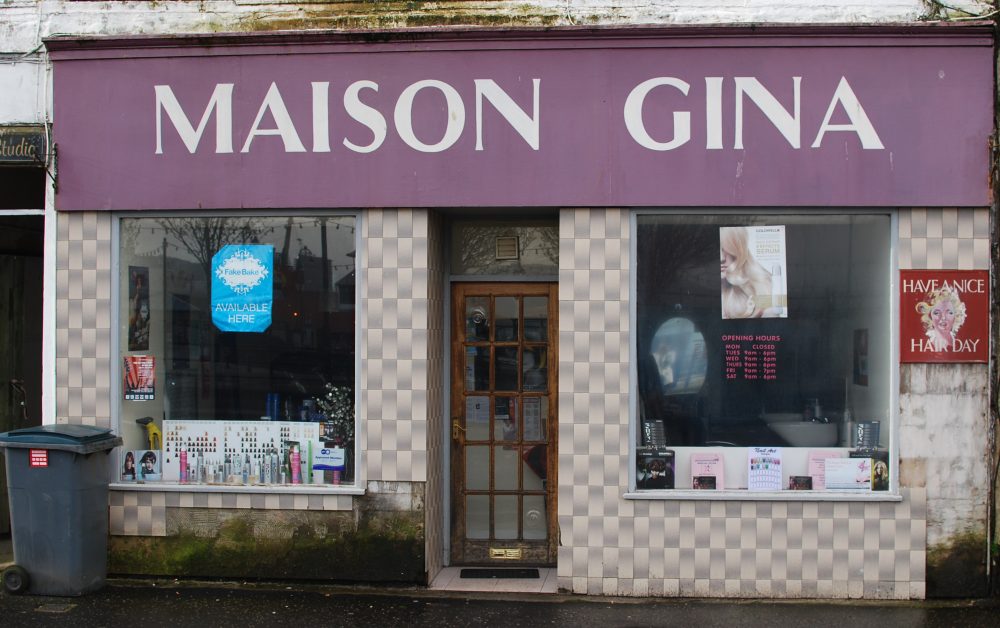
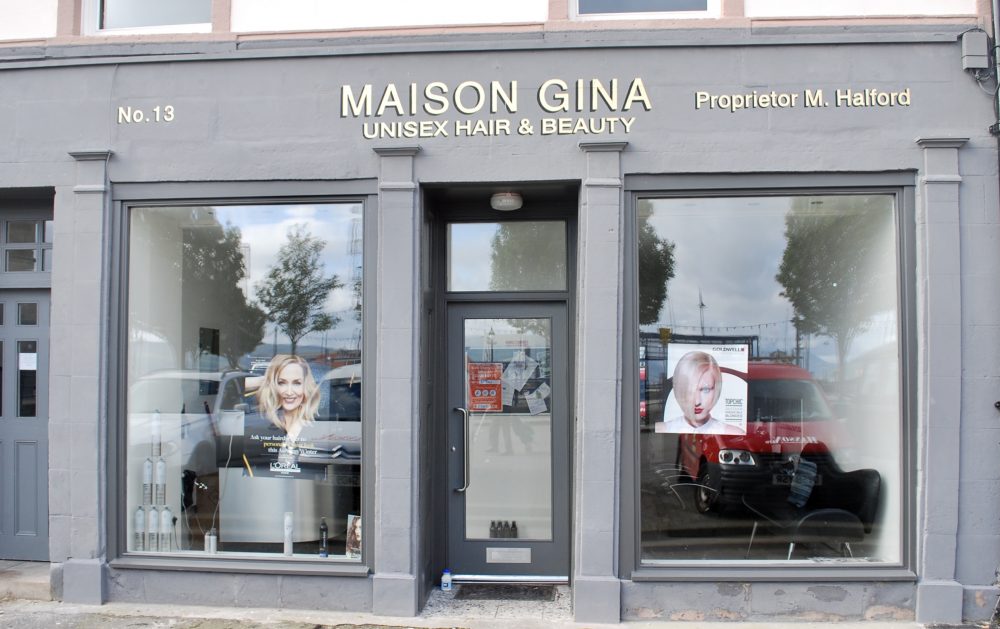
Public feedback on the scheme was tremendously positive: when asked whether the regeneration work made them more likely to use the town, 66% of the 92 people surveyed agreed that it would. Not only that, but new construction jobs have been created and visitor numbers to Rothesay have increased.
A second phase of the scheme (TH2) is now underway from 2017-22, recognising that the regeneration of historic buildings is a long term task. You can find out more about what’s happening in TH2 on the dedicated webpage here.
For more information on the maintenance and management of tenements, flats and other common property (old and new), check out the online resource Under One Roof.
Improvement grants, indoor and out: Linlithgow
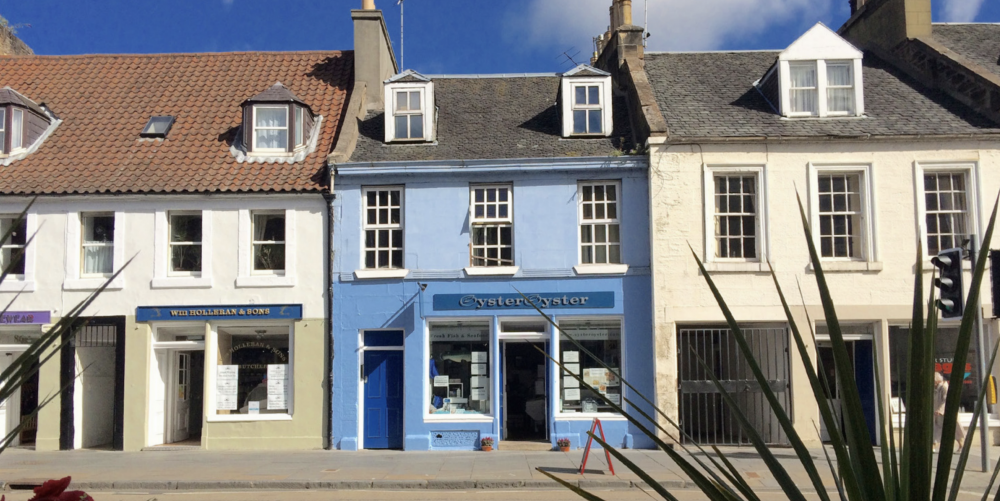
One Linlithgow BID and West Lothian Council work together to ensure that business premises are in the best condition they can be: the BID offers grants for the insides of commercial units, and the Council runs a shopfront grant for exteriors. Usually one complements the other – both the BID and the council let applicants know about the other grant.
The BID’s Premises Improvement Grants, affectionately known as PIGs, cover interior improvements. The scheme saw about £30,000 of BID subsidy matched by town centre businesses to the tune of approximately the same again between 2015 and 2020. That has covered visible improvements to about 40 businesses, from signage to security. The grants were for 75% of costs up to £1,000. In the latter stages, most grants were for the full £750. It’s important to attract additional funding rather than provide 100% funding from the BID levy, both to lever in more funds and avoid accusations of simply redistributing contributions to more active members.
Some of the useful lessons that the BID learned were:
- Clear terms and conditions on the grant application form, including use of local tradespeople where possible and quotes to be submitted on formal company headed paper.
- No obligation to go for cheapest quote.
- Be clear on what constitutes a “property improvement”: for example, does it include security, repairs, training or portable items like laptops?
- Once a precedent has been set, it’s difficult to go back on it if the businesses talk to each other, so best to get it right from the start.
The scheme can be very popular, so let businesses know that the funding is finite – if you received a grant last year, you go to the back of the queue next year so others can have their turn.
The Council’s complementary Shop Front Improvement Scheme covers exteriors. It covers five town centres, with an approximate spend of £30k over the last 6 years. Like the BID scheme, grants an be awarded for 75% of costs up to £1,000. The scheme is run by the council’s Town Centre Officers, who report that the benefits of the scheme include:
- It helps to ensure that businesses get the appropriate permissions from the council, leading to less need for enforcement action against poorly executed or unapproved projects.
- It creates a ‘virtuous circle’ in which the quality of shop fronts improve, as nearby businesses see the improvements and it prompts them to follow suit.
- Other towns have used the scheme to solve particular issues, for example Broxburn and Uphall operate a ‘shutter removal grant’.
- It’s vital to work with businesses on the application process, keeping it simple and taking them through each step.
For more information, contact West Lothian Council planning department: wlldp@westlothian.gov.uk